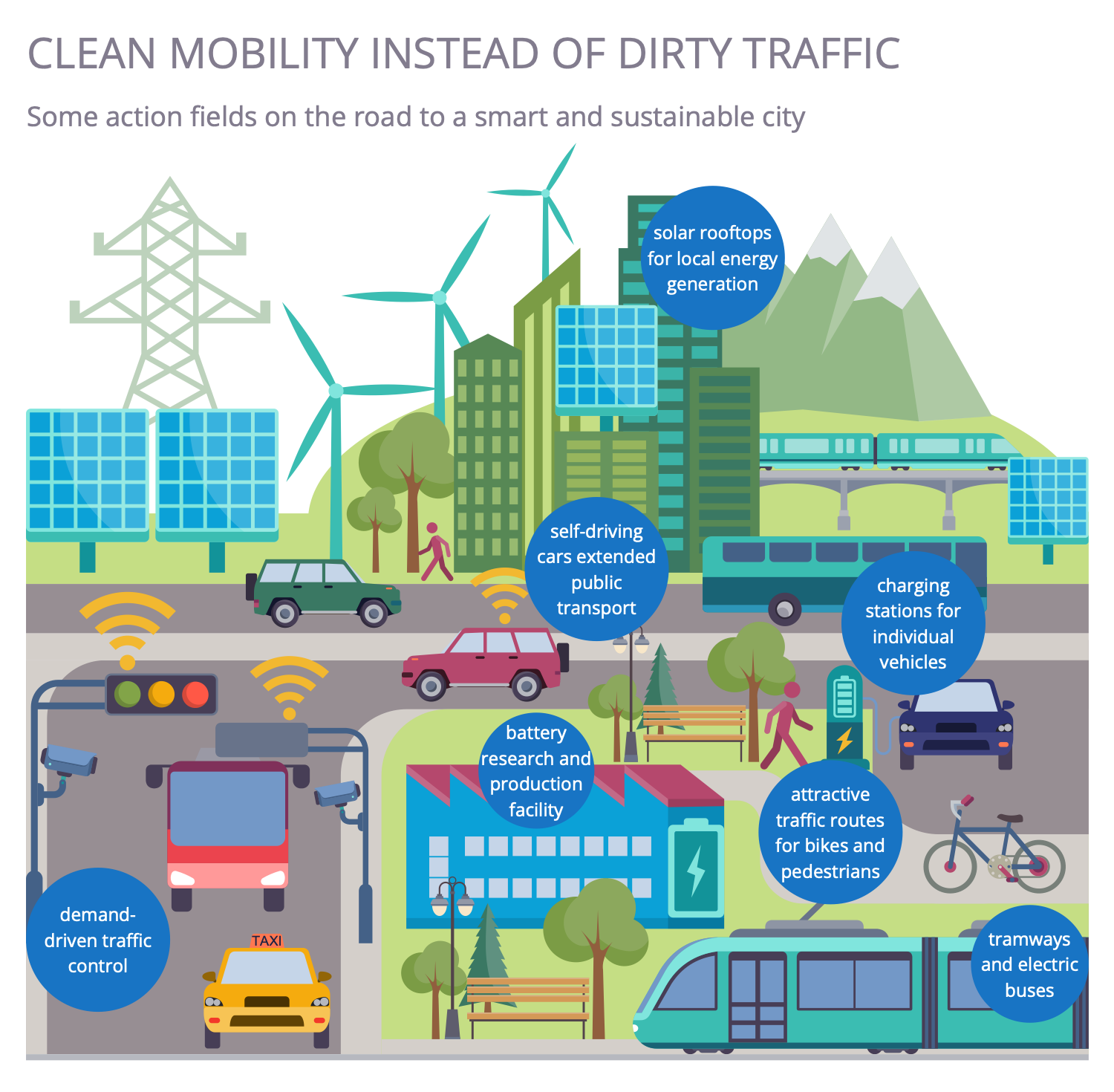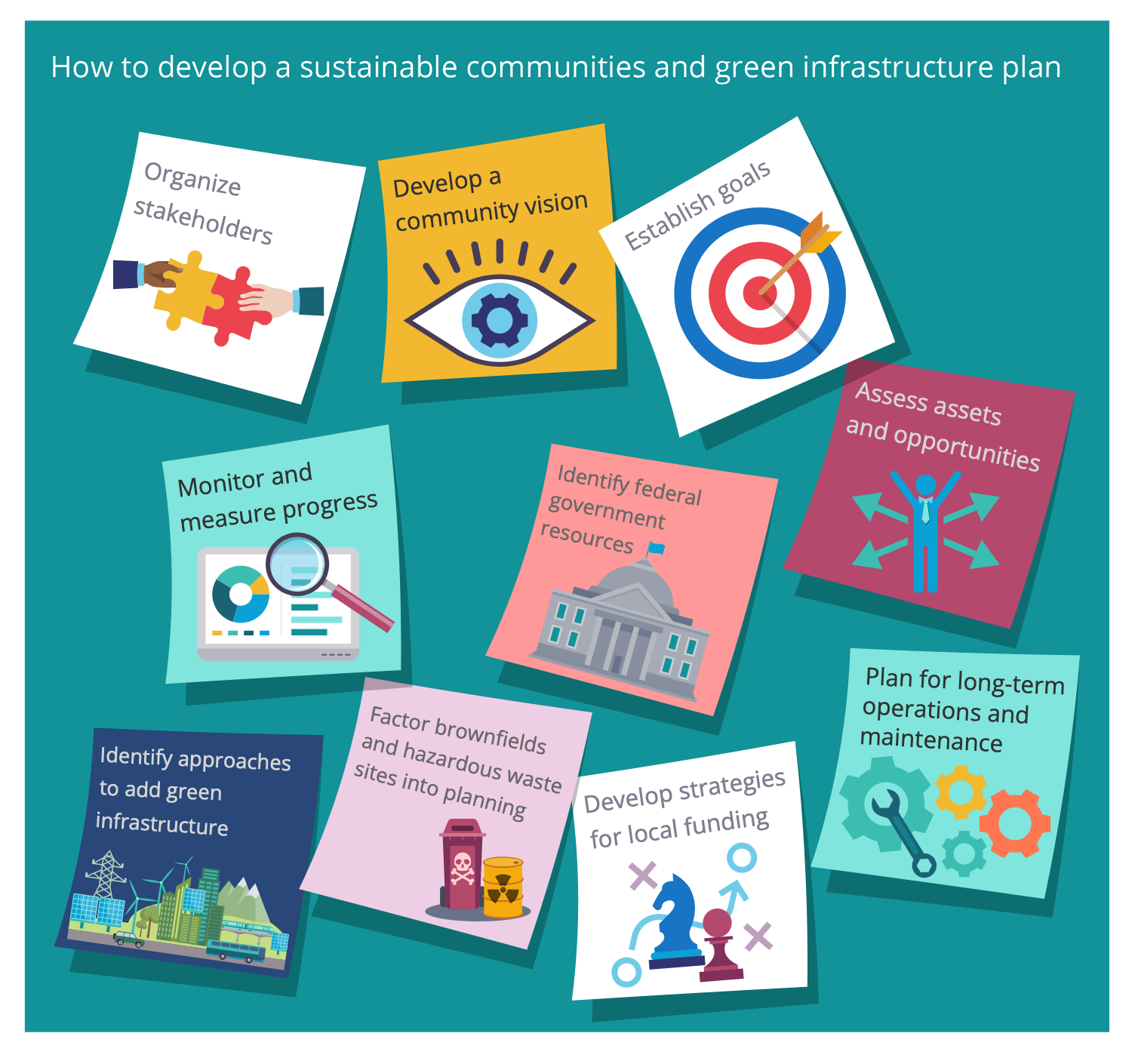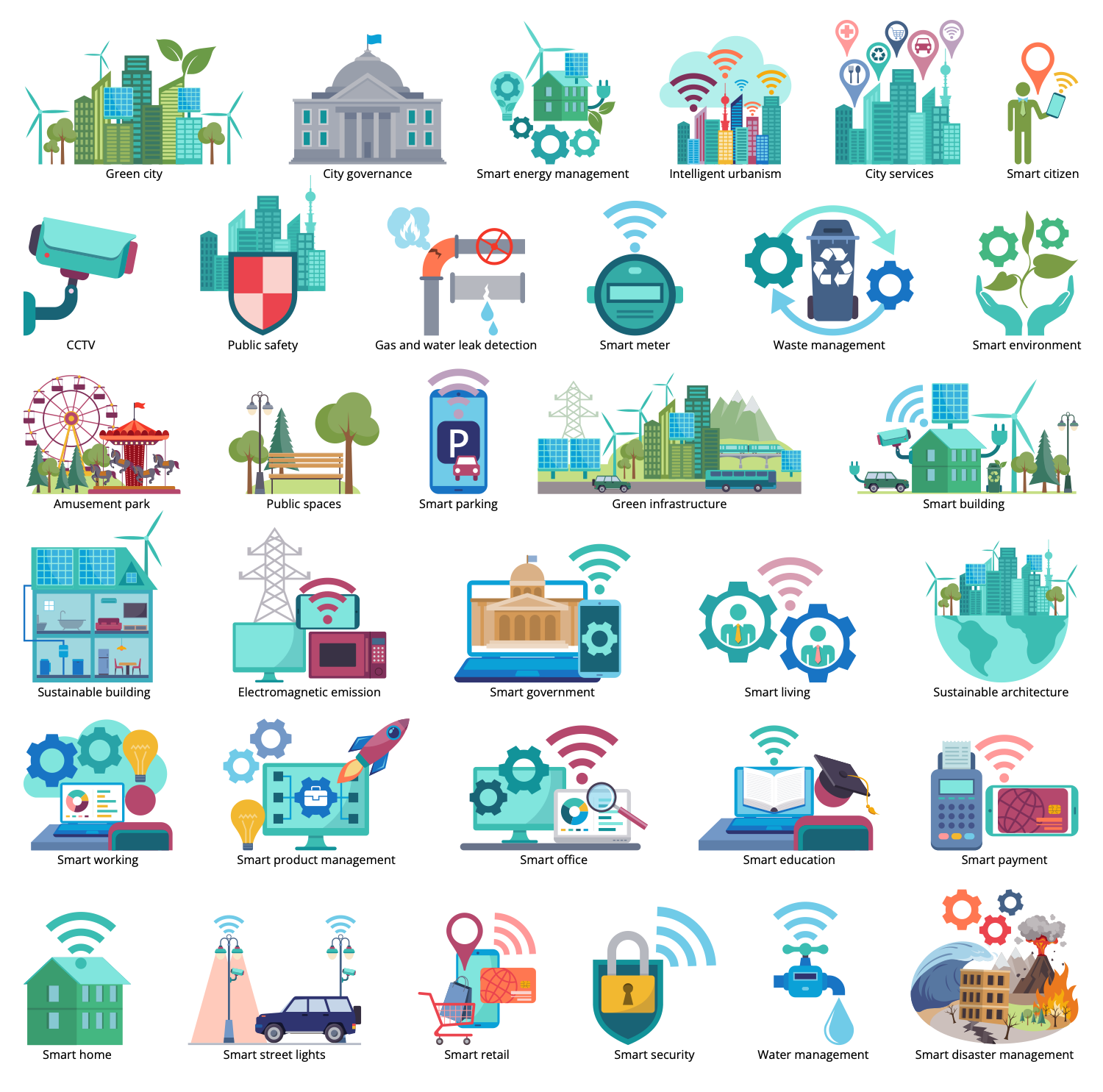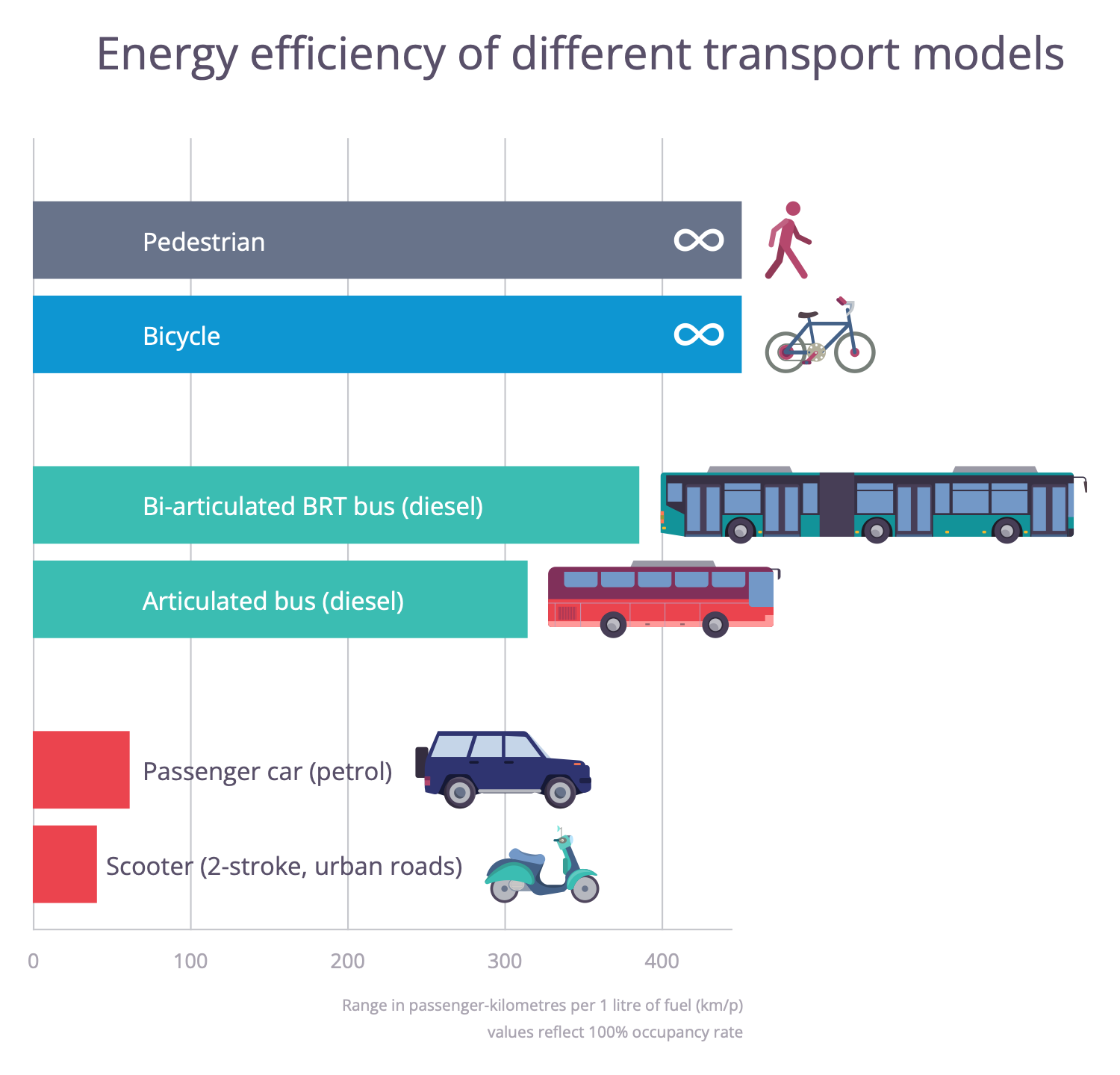Smart City
Half of the world's population lives in cities and this quantity steadily grows. The cities are growing and changing from year to year and obviously, the city of tomorrow is a smart city. It is an environment-friendly city which infrastructure and services are ecological, efficient, accessible to all, and ensure a high quality of life for inhabitants. A smart city is also a technologically modern city, which deploys modern information and communication technologies, modern electronic equipment, and various types of electronic methods which ensure the development of the smart city. The automated and remotely controlled systems, cloud services, artificial intelligence systems, machine learning are among them. Telecommunications, robotics, and various connected technologies are also involved.
The introduction of smart technologies is economically and ecologically beneficial. New technologies drive the evolution of smart cities. At the same time, changes and automatization concern almost all areas including environment, health, geography, agriculture, traffic, etc. The systems used in smart cities are based on the principles of sustainable development. They meet the needs of all levels - government, citizens, businesses, employees, etc. They ensure clear environment, improve quality of air, water and soil, introduce the use of green energy, and include collecting, proceeding, and analyzing data to improve services.
Smart cities use sustainable and renewable energy sources such as solar power, wind power, hydropower, etc. They are ecological and cost-effective, have no harmful emissions in order to mitigate climate change and save clear environment. The actions to reduce waste, easier their utilization, sorting, and processing are taken. The distributed waste-to-energy solutions are implemented. The energy-saving solutions, systems that adjust to changes in supply and demand are developed. The active cooperation between companies and government helps to maximize the development and benefits of smart systems.
Energy data management systems help to save cities' energy. Investing in computing development helps to improve the reliability of technologies and cybersecurity. Intelligent transportation systems, digital libraries, and other innovative solutions ensure a comfortable life for citizens of smart cities. The innovative methods help to manage traffic and improve transportation systems, ensure efficient operation of educational infrastructure services, provide security and govern the city efficiently. Smart systems simplify and optimize the social procedures for citizens and government. Typically, the connection of citizens to smart city services is realized through mobile applications.

Example 1. Sustainable Infographic - Clean Mobility
Smart systems allow cities to avoid waste of energy and improve energy efficiency in buildings. Various sensors are used to collect data and automatically control lighting, heating, cooling, irrigating, and other systems. Projects on the construction of energy-positive buildings are also developed. The data analysis provides improvement of the work of power plants, utilities, water supply networks, waste utilization systems, ensures reducing costs and resource consumption, improves the quality, performance, and interactivity of urban services.
Access to open data makes it easier to identify problems and gives opportunities to develop innovative smart solutions for smart cities. Governments encourage to invest in smart buildings and smart cities. The number of smart cities grows from year to year and currently, Oslo, Singapore, New York, London, Barcelona, Toronto, and Tokyo are included in the top of smart cities of the world.
Example 2. Developing a Sustainable Community
Designing the Sustainable Development Infographics is fast and easy with libraries of special and commonly recognized symbols, clipart, and pictograms. Sustainable Development solution for ConceptDraw DIAGRAM includes 12 libraries with 340 specially designed vector elements. The Design Elements — Sustainable City library is also included. It contains clipart of public places, recreations, smart systems in various areas, smart buildings, and more. Use them to create a plan for a sustainable city no matter small or large size in a few minutes, outline visually the steps to be implemented, set timelines and deadlines.
Example 3. Sustainable City Library Design Elements
The exchange of experience on the implementation of sustainable development activities in the developing smart cities in different counties is valuable. The most successful plans are recommended to be taken as the basis in other countries. Due to the extended export and exchange capabilities of ConceptDraw DIAGRAM software, your Sustainable Development Infographics are easily opened and proceeded in other applications.
Example 4. Sustainable Development - Energy Efficiency of Transport
The Smart City samples you see on this page were created in ConceptDraw DIAGRAM software using the management tools of the Sustainable Development Solution. These examples successfully demonstrate solution's capabilities and the professional results you can achieve using it. An experienced user spent 10-20 minutes creating each of these samples.
Use management tools of the Sustainable Development solution to design your own Sustainable Development Infographics quick, easy and effective.
All source documents are vector graphic documents. They are available for reviewing, modifying, or converting to a variety of formats (PDF file, MS PowerPoint, MS Visio, and many other graphic formats) from the ConceptDraw STORE. The Sustainable Development Solution is available for ConceptDraw DIAGRAM users.


